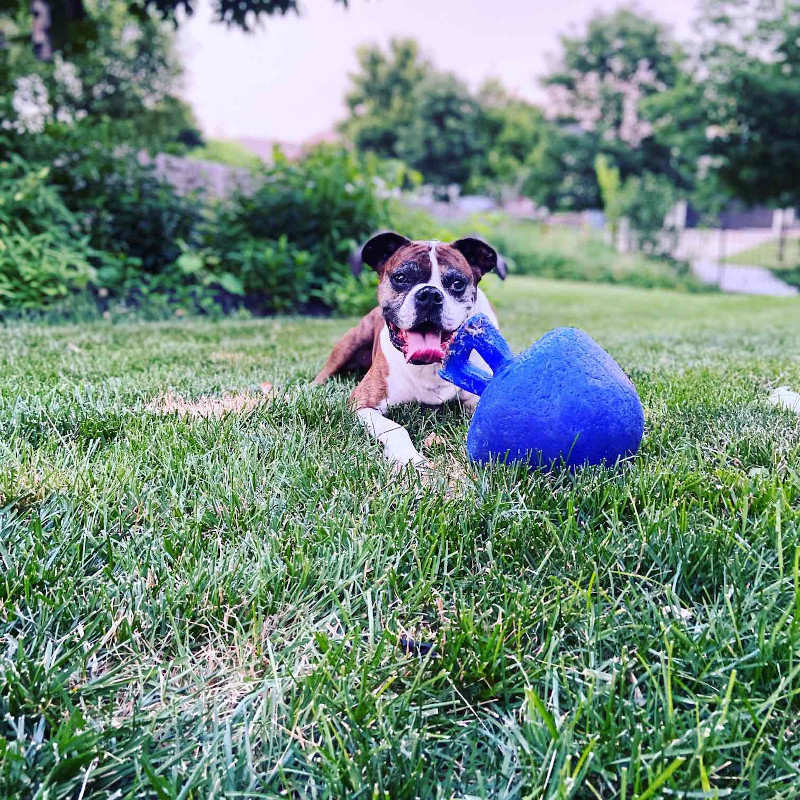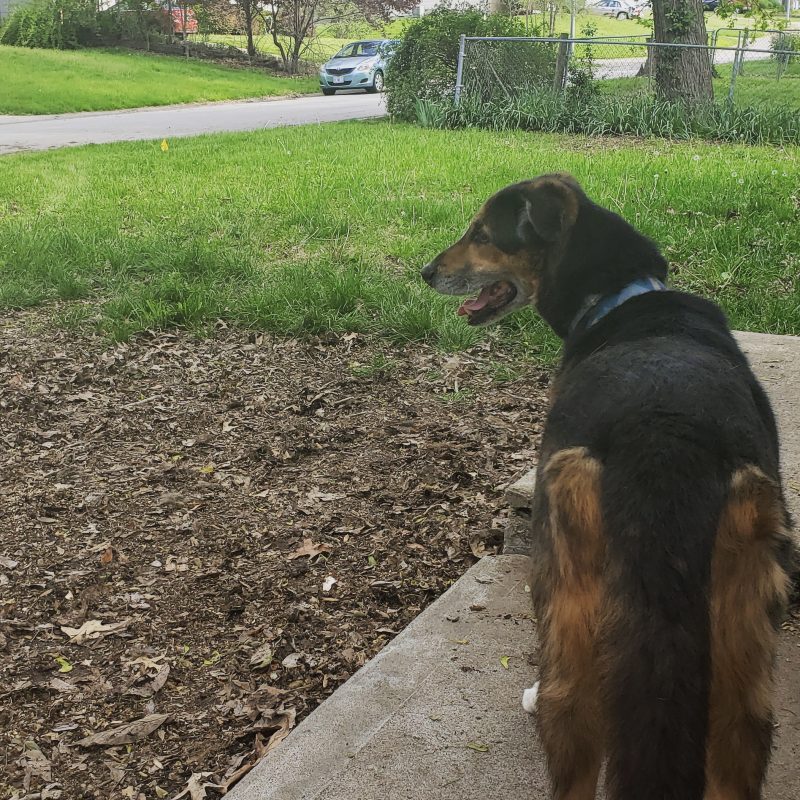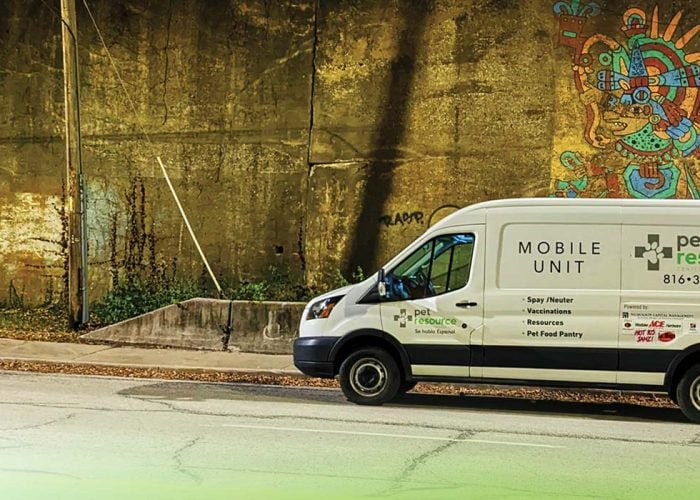“Boy it’s hot!” – Mathew Broderick, Biloxi Blues.
…
For some reason, I always remember that movie when it warms up in KC. Maybe because he spends several minutes complaining about the heat and, well, it’s pretty darn hot these days in the metro.

I’m not surprised. I grew up 45 miles southeast of KC and have spent all my summers in the vicinity. Our average daytime high in July is 89 degrees. We do get a respite from the heat in August, though, when the average daytime high drops to 88.
Although we’ve gotten a bit soft with all this air conditioning, we can tolerate it when we get used to it. Our bodies use evaporative cooling to help keep our core temp down. Though with the humidity being what it is there’s not that much evaporation going on right now.
Your animals, on the other hand, don’t sweat except through their paws. And they happen to be covered with fur (for the most part … looking at you hairless dog people). This is why they stick those floppy tongues out. It releases heat to help them cool off. But if you have dogs like mine – you know the ones who are always panting in your face – it’s pretty obvious there’s not much cool going on in that swamp hole.

The issue really, then, is activity, says Dr. Nichols, chief veterinarian at Pet Resource Center of Kansas City. And, of course, how used to the heat your dog is … up to a point. When it gets really hot – like it is in KC right now – it’s just plain dangerous to work a dog very hard. “A dog will go their limit,” explains Dr. Nichols, “and then go beyond it because they’re trying to do whatever it is you want them to.”
The thing that makes us love our dogs so much is also what could put them in danger. Because they’re loyal, they’ll do what their leader (that’s you) demands of them. Even if it hurts them.
For example, if you were just playing fetch in the backyard, your dog would likely just stop and find some shade when they got hot. But if you’re out trail running, hiking or, say, mountain biking, your dog will work to keep up with you regardless of what is happening.

“You can’t push them like that,” says Dr. Nichols. “It’s better to let them self-regulate.”
That means giving them a chance to stop and sit down when they want; give them time to rest in the shade and drink some water.

Watch for the signs
If you must be out in the heat with your dog, the best bet is to take it easy. No hot cars, keep any walks short and far away from hot pavement, which can burn their paws, and watch for signs of heat exhaustion or heat stroke.
Signs of heat exhaustion
- Panting
- Stopping
- Seeking to sit or signs that they want to stop
Signs of heat stroke
- Temperature spikes
- Inability to walk or stand
- Unresponsive
- Vomiting

To cool a hot dog, Dr. Nichols recommends shade, cooling the paws and belly with a wet towel and lots of water. “If they don’t recover and act normal within 10-15 minutes, you should get your dog to the veterinarian right away.”
Also, watch for dehydration. In dogs, it typically presents as lethargy, weakness and dry gums.
Finally, you’ve probably heard someone say a dog’s coat keeps them cool. Up to a point, yes, because their coats are like your clothes – they protect them from the radiant heat of the sun. But, if they are generating their own heat by working out, that fur works exactly the same by helping keep the heat inside.
The best bet is to play it safe
As hard as it is to think about, heatstroke can be fatal in minutes. And it comes on fast. So it’s best just to wait until it’s cooler to do harder or longer activities.
That’s not to say you should always stay 100 percent away from being active with your furry friend. Some warm weather activity is okay, especially if your dog is used to it. But go slow, let your dog take the lead so they can rest in the shade and have a drink when they want and get inside early and often to cool off.
Of course, a backyard kiddie pool is a great way to have fun with your pooch. Maybe that’s whey they call them the dog days of summer?








Thank you for the tip